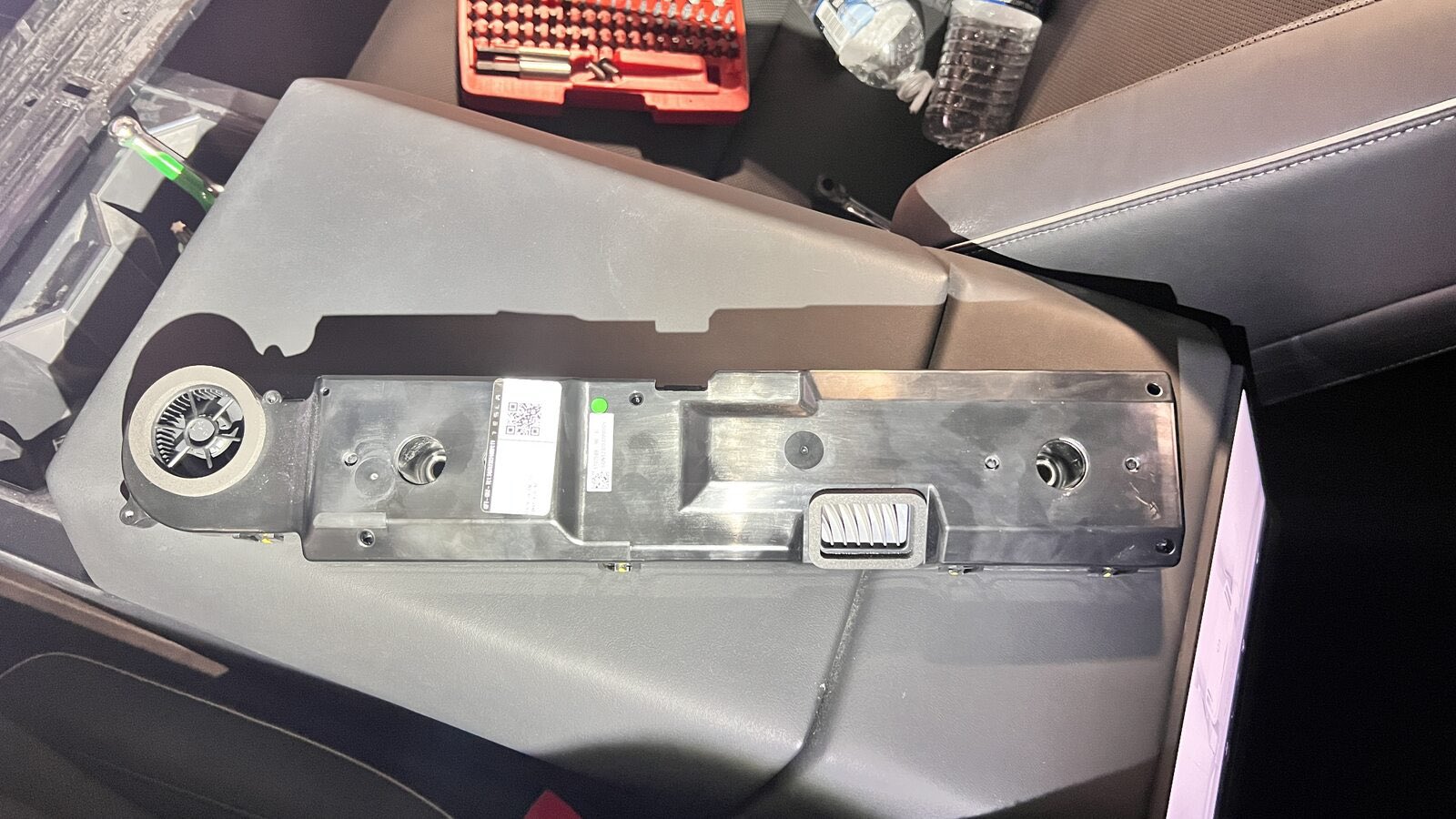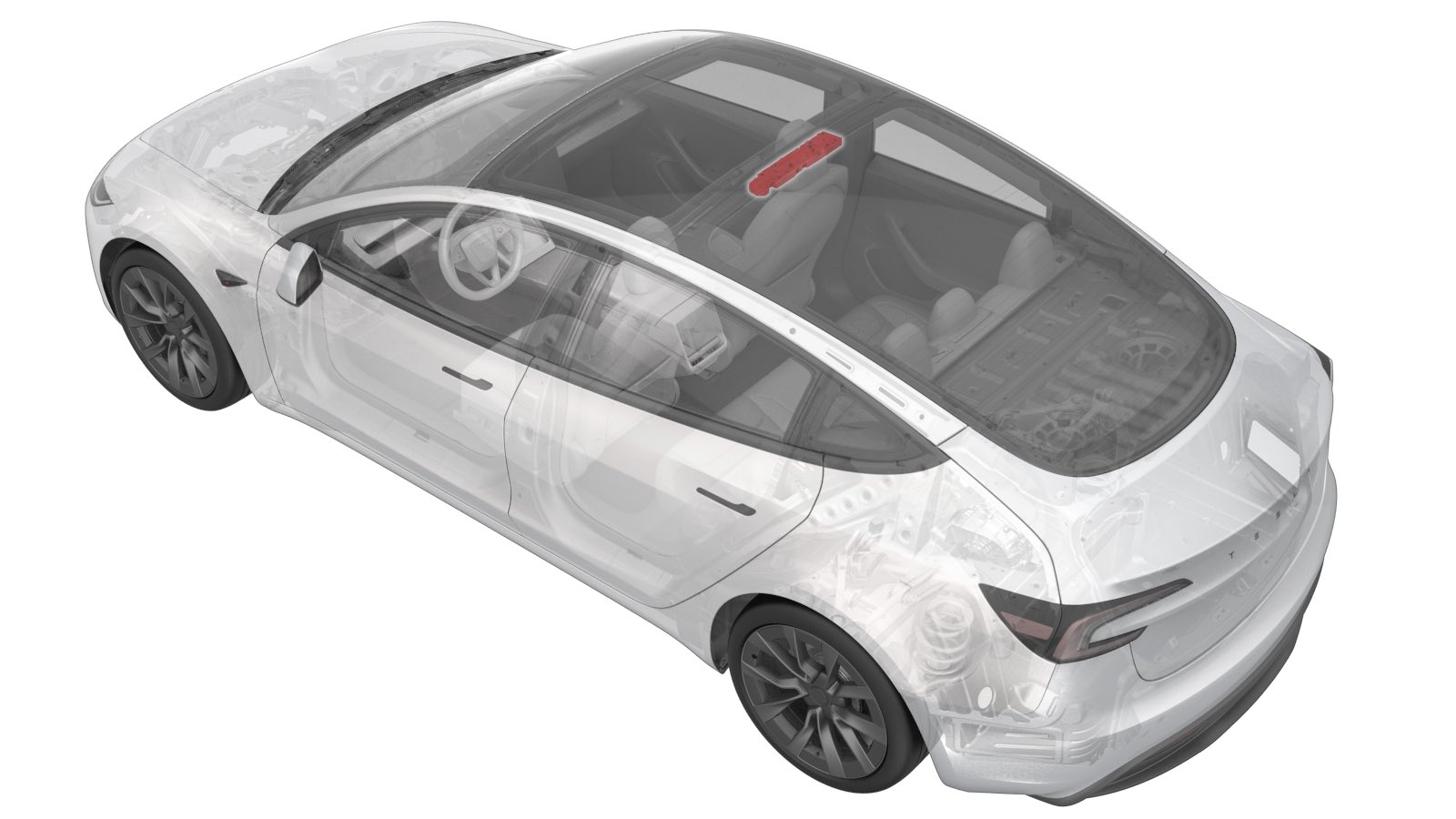Tesla’s recent relocation of the communications module from the infotainment system’s PCB to a new Telematics Control Unit has raised significant concerns among security researchers. The new setup, introduced with the refreshed Model 3 in Europe and Asia, has inadvertently made it easier for thieves to steal the vehicle by disabling the TCU, thus preventing remote tracking.
The TCU, which houses the LTE modem, Wi-Fi, and Bluetooth chips, was previously integrated into the infotainment system. However, Tesla’s decision to place the TCU in the headliner and connect it to the infotainment system via a Gigabit Ethernet interconnect has created a vulnerability that could be exploited by thieves.

By disabling the TCU, they can effectively prevent the vehicle’s location from being tracked, making it more difficult for law enforcement to recover the stolen vehicle. While Tesla EVs have historically been considered among the least stolen vehicles, this new design flaw could potentially increase the risk of theft.
The ease with which the TCU can be disabled has raised questions about the security measures implemented by Tesla to protect their vehicles. As a result, it is imperative for Tesla to address this vulnerability promptly to ensure the safety and security of their customers. Tesla owners have discovered that the controversial new TCU position is not the only issue with their cars.
Many refreshed Model 3 owners have reported that their TCUs are malfunctioning, leading to non-functional LTE, Wi-Fi, and Bluetooth connections. Tesla is still investigating the cause of these issues and has yet to find a solution.
In some cases, replacing the TCU has only provided a temporary fix, as the new module may eventually experience the same problems. While some suspect a poor Gigabit connection or a recent software update may be the culprit, Tesla has no solution and no estimated time for a fix.

The situation has caused significant inconvenience for Tesla owners who rely on these connectivity features for various functions, such as navigation, music streaming, and remote access. The lack of a solution has led to frustration and uncertainty among the affected owners, who are eagerly awaiting Tesla’s response to the issue.
As Tesla continues to investigate the root cause of the TCU malfunctions, it is hoped that a permanent solution will be found soon to alleviate the inconvenience and frustration experienced by Model 3 owners.

